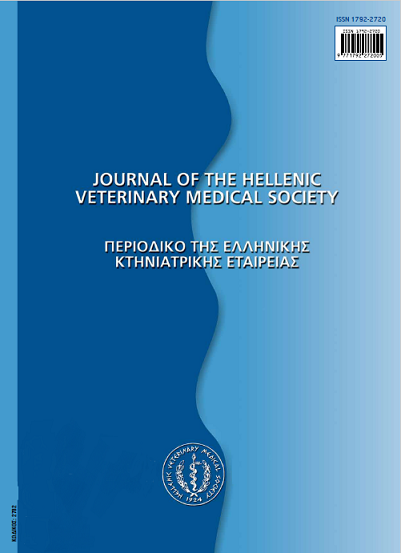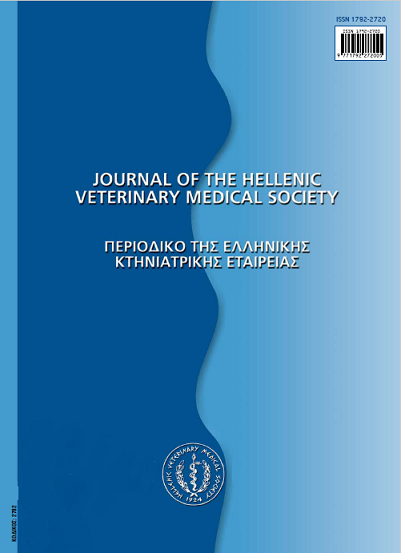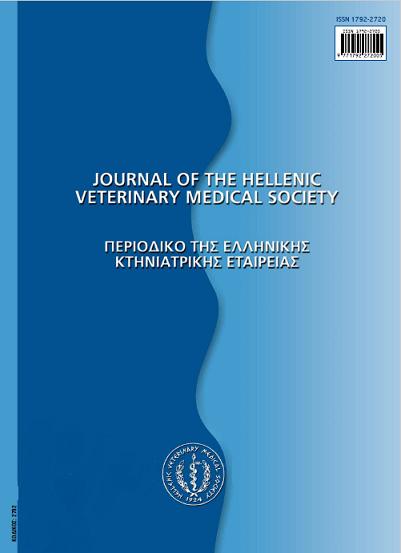Pain management in cat
Abstract
Although cats are very popular pets, pain in this species is often underestimated. The reasons for this may include difficulties in pain recognition, unfamiliarity with the use of opioids or non-steroidal analgesic drugs, and with the application of local analgesic techniques. Proper pain management should always be undertaken mainly for medical and humane purposes. Pre-emptive and multimodal analgesia can aid significanly in postoperative pain alleviation. Nowadays, the veterinarian's armamentarium is equipped with a variety of agents in order to alleviate pain in cats. Non-steroidal anti-inflammatory drugs are often as effective as opioids. The latter are now used successfully for pain management in cats. Both classes provide safe analgesia, taking into account the differences in metabolism between cats and other species. Adjunctive analgesic therapy may be provided with the use of ketamine or a2-adrenergic receptor agonists. Loco-regional analgesic techniques can be used to effectively manage pain in a variety of clinical settings.
Article Details
- How to Cite
-
KAZAKOS (Γ.Μ. ΚΑΖΑΚΟΣ) G. M., SAVVAS (Ι. ΣΑΒΒΑΣ) I., & RAPTOPOULOS (Δ. ΡΑΠΤΟΠΟΥΛΟΣ) D. (2017). Pain management in cat. Journal of the Hellenic Veterinary Medical Society, 58(3), 257–269. https://doi.org/10.12681/jhvms.14990
- Issue
- Vol. 58 No. 3 (2007)
- Section
- Review Articles
Authors who publish with this journal agree to the following terms:
· Authors retain copyright and grant the journal right of first publication with the work simultaneously licensed under a Creative Commons Attribution Non-Commercial License that allows others to share the work with an acknowledgement of the work's authorship and initial publication in this journal.
· Authors are able to enter into separate, additional contractual arrangements for the non-exclusive distribution of the journal's published version of the work (e.g. post it to an institutional repository or publish it in a book), with an acknowledgement of its initial publication in this journal.
· Authors are permitted and encouraged to post their work online (preferably in institutional repositories or on their website) prior to and during the submission process, as it can lead to productive exchanges, as well as earlier and greater citation of published work.











